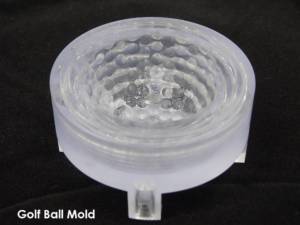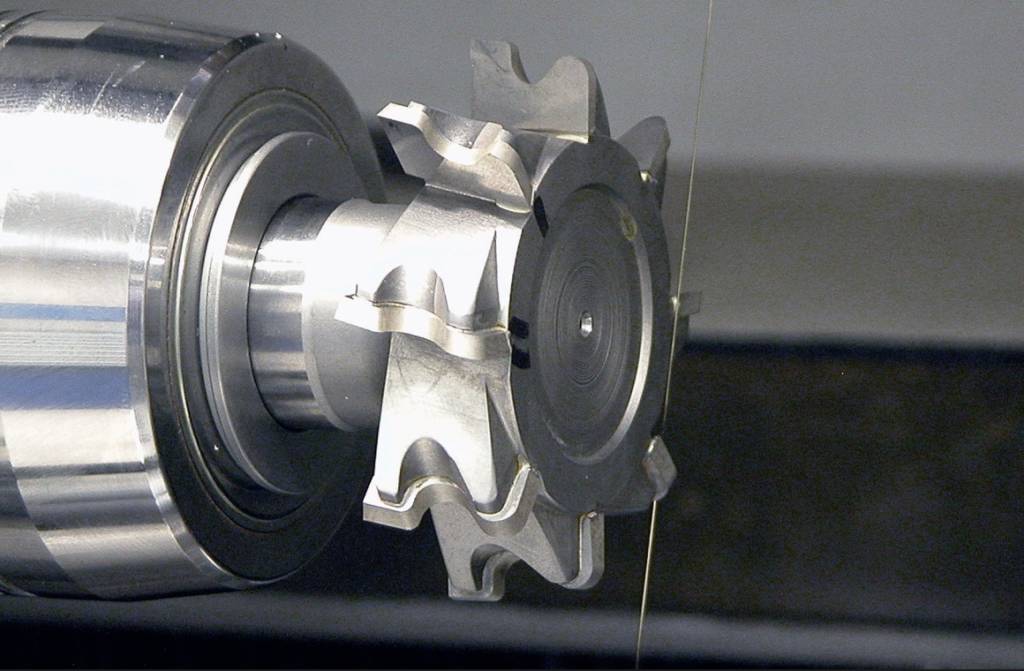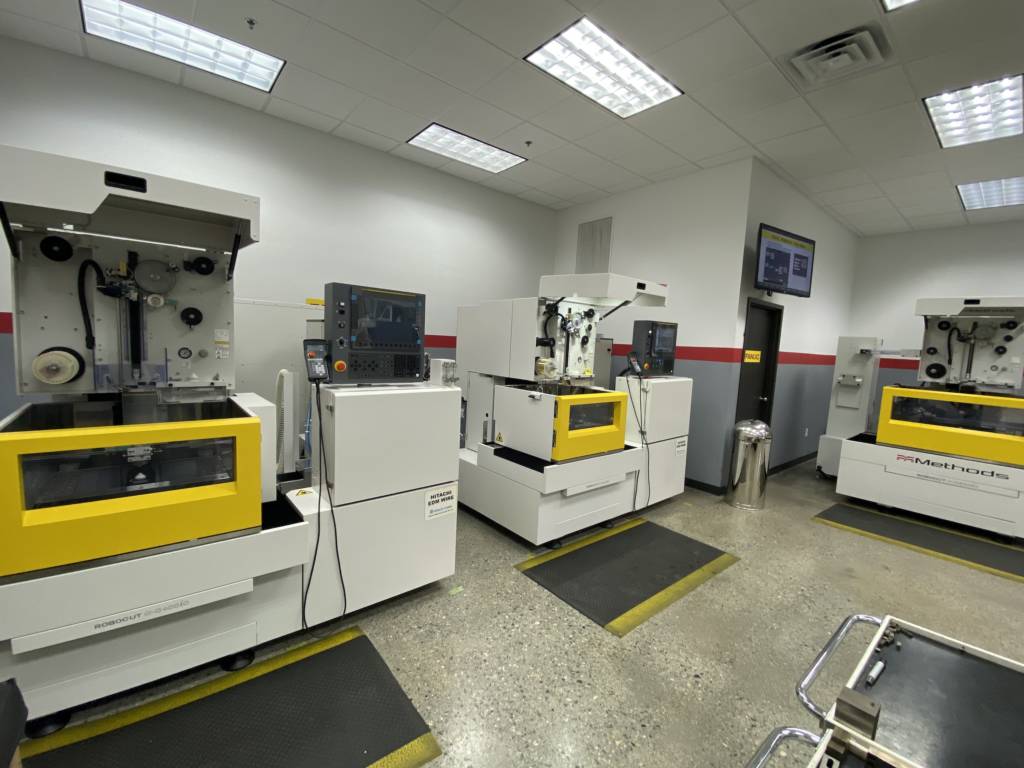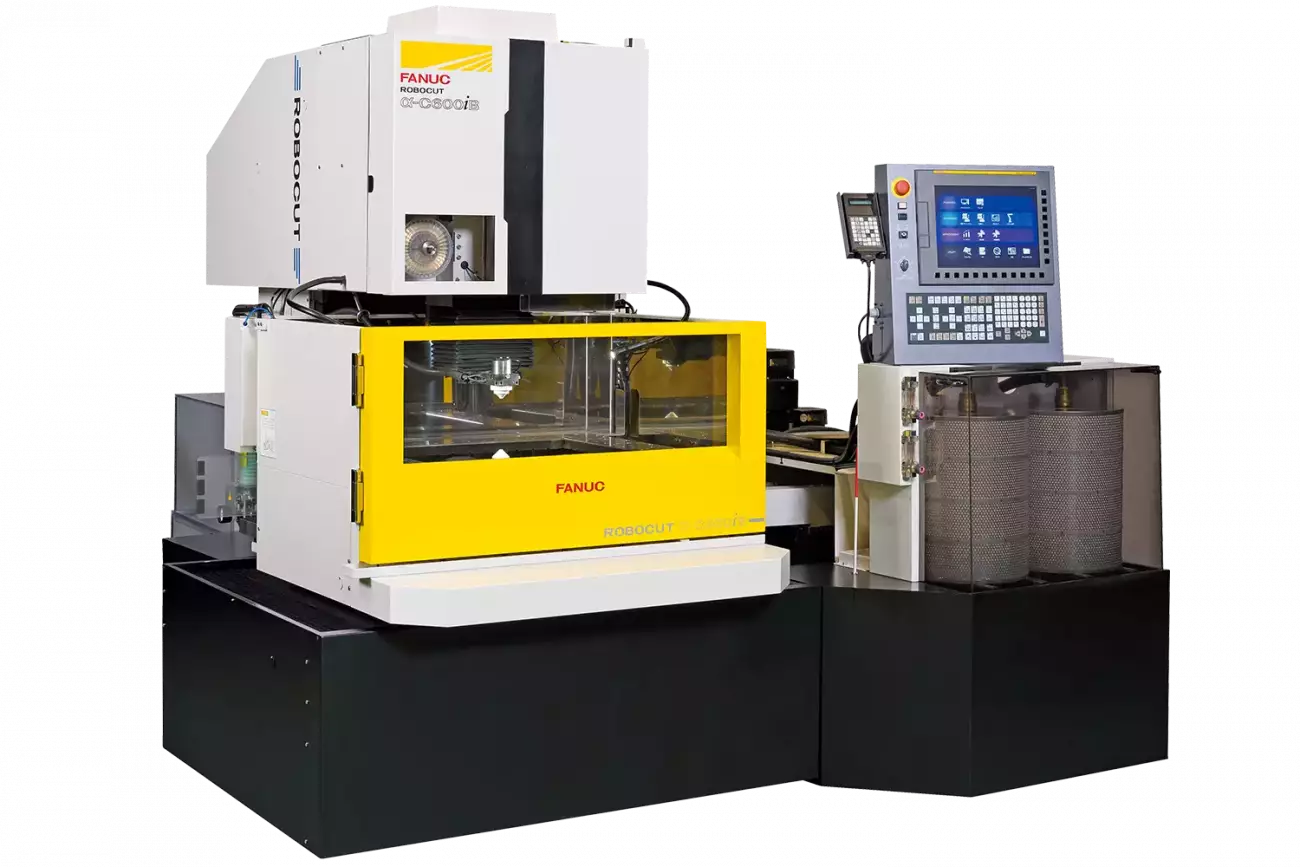Conventional CNC cutting tools such as end mills, lathes, and grinders create parts that require less complex machining geometries. But what if you need to produce parts that are so intricate, even the sophisticated 5-axis machine cutting tools can’t efficiently work the job?
Electrical Discharge Machining (EDM) equipment solves that problem. EDM technology comes in two variations: Sinker EDM and Wire EDM. The type of EDM best suited for machining the parts you need will depend on the specific application and requirements of your job.
What is EDM Machining?
A thermal energy-based non-traditional machining (NTM) process, EDM uses an electrically conductive tool of graphite or soft metal to electrically disintegrate metal materials such as titanium, tungsten, hardened steel, or carbide. EDM is the go-to solution when conventional cutting tools cannot produce intricate parts efficiently.
What Makes EDM Different?
The significant difference between EDM equipment and conventional machining is that traditional machining requires physical contact between the tool and the workpiece, while EDM performs subtractive work without contact with the conductive material.
EDM leverages electric current to generate sparks capable of eroding the workpiece material. The advantage of EDM is that electrical discharges penetrate metals without causing deformations on the workpiece.
Types of EDM EQUIPMENT
Although all EDM machines use an electric current to cut materials, they come in two forms, Sinker and Wire. These types are classified based on their operation and application:
Sinker EDM
Sinker EDM (also referred to as ram EDM, cavity EDM, plunge EDM, or volume EDM) appears far removed from traditional machining. The machining process borrows some traits from the molding and forming operations. It is sometimes called die sink EDM.
Sinker EDM uses a uniquely designed electrode in matching the resulting product shapes. The process involves dipping an electrode (the “sinker”) and workpiece into a dielectric fluid. Applying voltage removes material, creating the reverse impression of the tool.
For example, assume the design requires creating a pyramid-shaped cavity in a workpiece. The EDM electrode would be a pyramid-shaped tool.
In sinker EDM, the graphite or copper tool will slowly sink into the workpiece, creating a cavity that matches the tool’s shape.
Sinker EDM Applications and Uses
The sinker EDM process creates complex cavities, making it particularly useful for fabricating dies, molds, and other tooling forms from hard materials such as tungsten, hardened steel, and carbide. It is also the best machining form for creating deep ribs and sharp inside corners. Common production applications for Sinker EDM include:

A Die Sinking EDM with dimple-shaped tools creates the mold for a golf-ball
- Mold making
- Dies
- Rapid tooling
- Injection molding molds
- Creating deep and thin ribs
- Creating blind cavities
- Creating blind keyways
- Internal splines
Sinker EDM Advantages
EDM produces intricate parts and shapes with high-quality finishes.
- Efficient: Sinker EDM is a fast and efficient process, increasing throughput
- Versatile: The process is not limited by material hardness or brittleness
- Functional: Creates complex shapes that are difficult to achieve with other machining methods
- Cost-effective: Handles high-mix, low-volume production efficiently
- Precise: Produces smooth finishes to tight tolerances
Wire EDM

A part is machined by a FANUC Robocut Wire EDM
Wire EDM is used over conventional machining processes to cut thick, rigid metal plates. It is an ideal process for producing punches, tools, and dies. Because wire EDM does not cause part deformation, it produces quality surface finishes.
How Wire EDM Works

Inside Methods’ EDM lab
During the wire EDM process, a thin metal wire is held between diamond guides, one above and the other below the workpiece. According to the engineering design, the CNC-controlled diamond guides are moved along the X and Y axes.
The upper guide can also move along other axes to make more intricate cuts. Like in sinker EDM, current discharges cause sparks between the wire and the workpiece, eroding the workpiece. The wire spools as it deteriorates during the electrical cutting.
Wire EDM Applications and Uses
Wire EDM is used over conventional machining processes to cut thick, rigid metal plates. It is an ideal process for producing punches, tools, and dies.
Because wire EDM does not cause part deformation and since it produces quality surface finishes, it can be applied in:
- Thick plates
- Production of tight-tolerance parts
- Production of dental and medical devices
- Extrusion dies
- Blanking punches
- Graphite electrodes for sinker EDMs
Wire EDM Advantages
- Precise: Cutting and shaping with tolerances as tight as +/- 0.0001″
- Finer finishes: Produces surfaces that don’t require secondary operations
- Versatility: Cuts through conductive metals, including tungsten and tool steel
- No deformation: The process doesn’t generate heat, pressure, or force on the workpiece
- No tool wear: The wire electrode avoids tool wear and reduces machine maintenance
The Differences between Sinker and Wire EDM
Die Sinking EDM |
Wire EDM |
|---|---|
| A die made of a conductive material such as graphite or copper is used as a tool electrode (cathode) to liberate electrons for producing a spark. | Instead of a die, a spooled thin metal wire made of conductive material is used as the cathode. |
| A shaped tool is sunk into the workpiece from above | A thin metal wire cuts into the workpiece from the side |
| The operator can give the die a complex 3D profile that will be sunk into the workpiece to produce intricate shapes and features. | The wire has the same simple geometry and is not ideal for producing 3D contours. |
| Sinker EDM can produce blind features such as holes and cavities that are closed at the bottom end. | Wire EDM is not suitable for producing blind recessed features. |
| The movement is principally along the Z axis. | The movement is principally along the X and Y axes. |
| Hydrocarbon oil is usually used as the dielectric liquid | Deionized water is usually used as the dielectric liquid |
| Ideal for tooling, molds, and dies | Ideal for tooling, punches, dies. |
Benefit from Unique Capabilities of EDM
EDMs introduce some relatively innovative manufacturing opportunities. They cut through metals and hard materials with incredible precision, and are capable of creating highly intricate shapes and contours.
Deciding between sinker and wire EDM technologies requires considering the needs of your production application. Every EDM tool has unique features and capabilities that make it ideal for various CNC machining applications. Connect with experts at Methods who can help you identify EDM or other CNC equipment that can support your projects and open new opportunities to grow your business.
DOWNLOAD MORE ABOUT EDM: Why EDM
